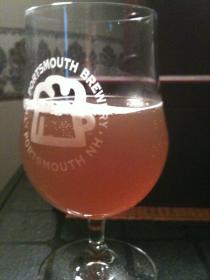1Mainebrew
Well-Known Member
- Joined
- Jun 18, 2010
- Messages
- 934
- Reaction score
- 39
If I were to make this again I would pit it in a secondary fermenter and age it on the JB soaked oak for 6-12 months. It's great but I needed add the JB to the keg to get the Curieux taste. It needs more time on the gas too. I'll post a picture when it's fully carbed.






![Craft A Brew - Safale BE-256 Yeast - Fermentis - Belgian Ale Dry Yeast - For Belgian & Strong Ales - Ingredients for Home Brewing - Beer Making Supplies - [3 Pack]](https://m.media-amazon.com/images/I/51bcKEwQmWL._SL500_.jpg)




















































